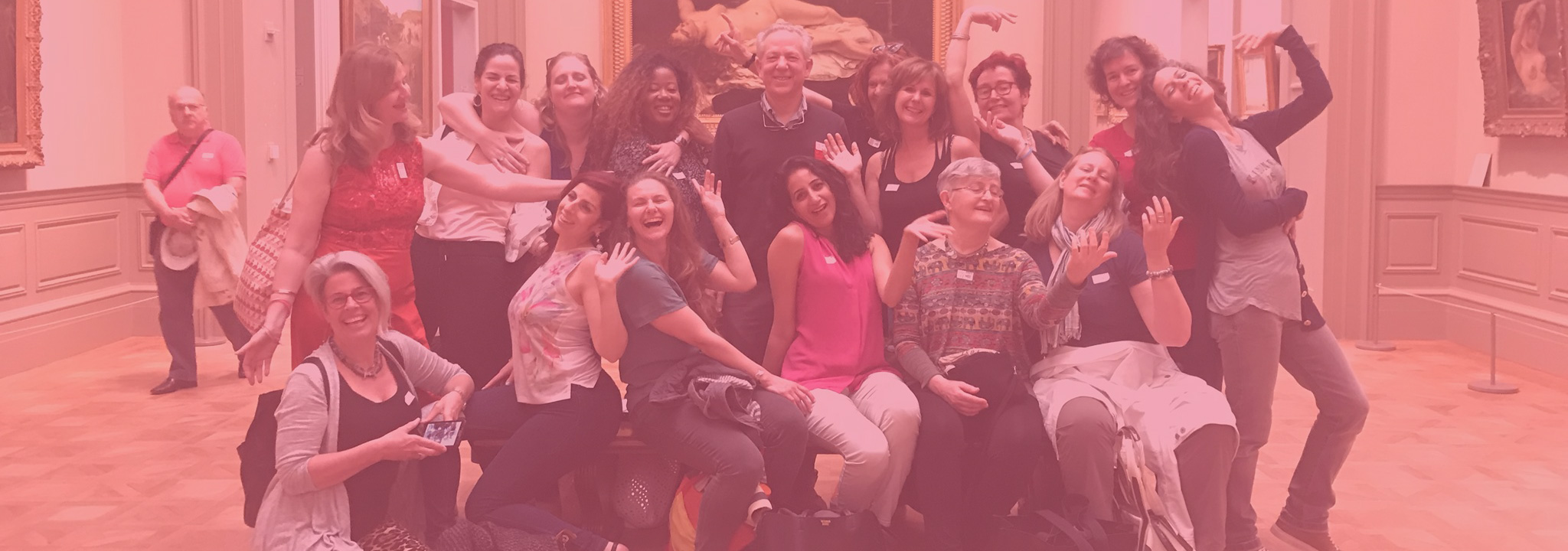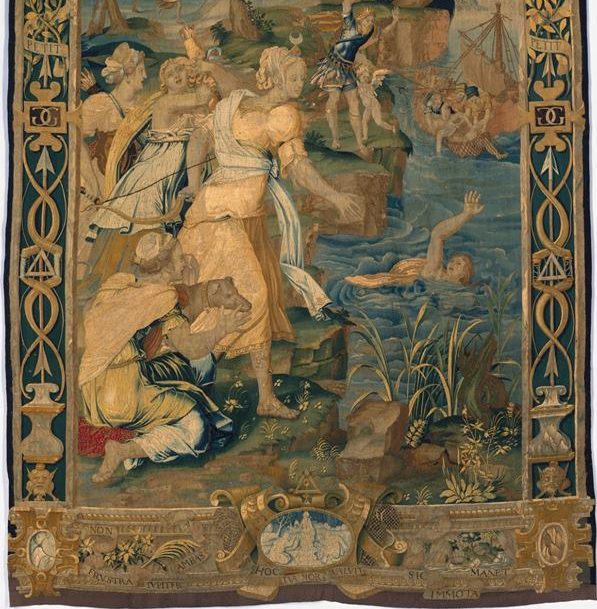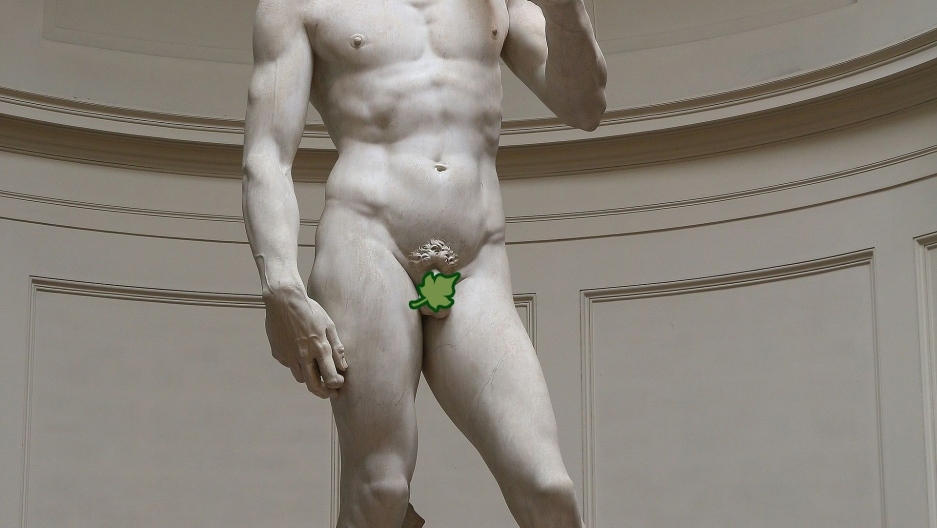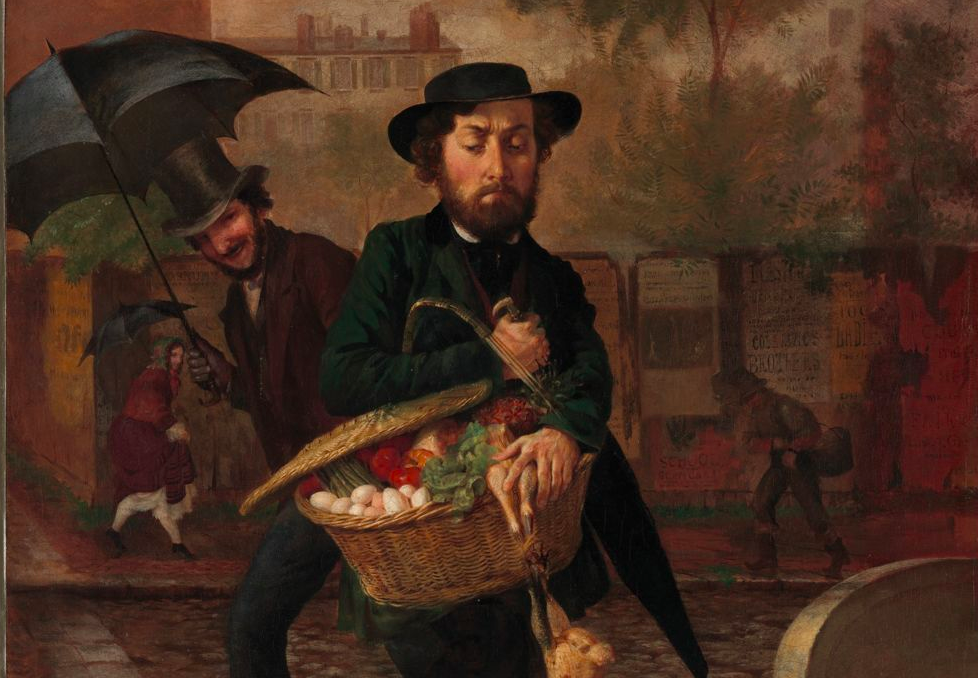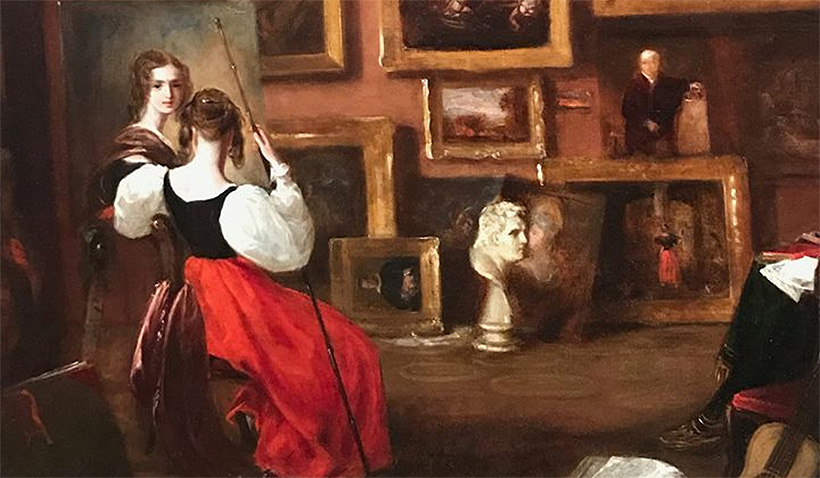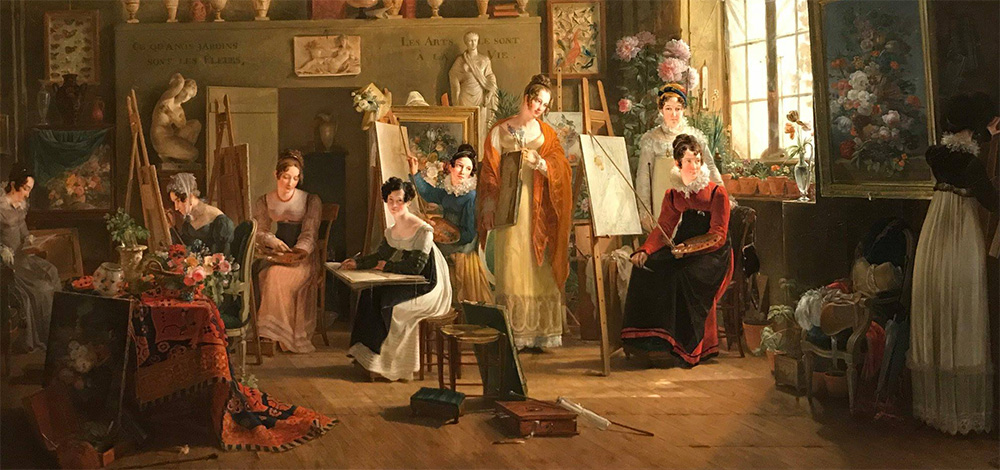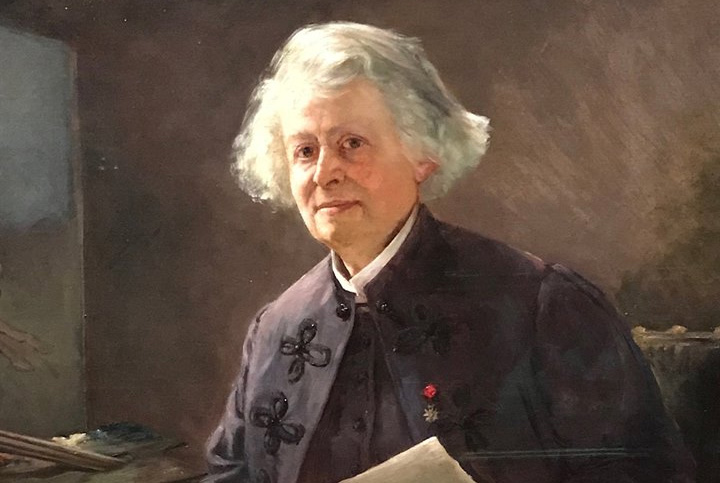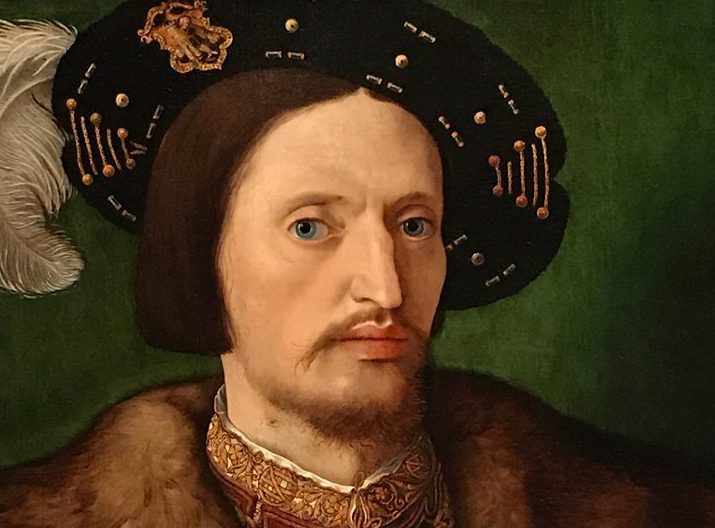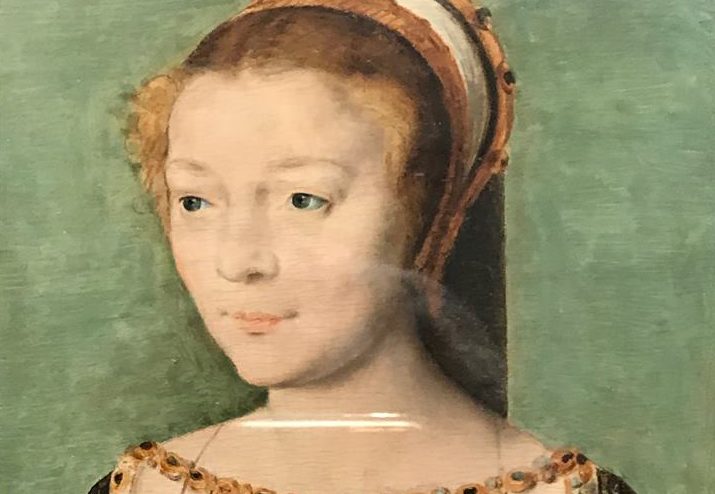One of the great animal painters of the 19th century, Rosa Bonheur, portrayed by her life-partner, the American painter Anna Klumpke. For once, Bonheur is wearing women's clothing, but her gown's monochrome simplicity and its jacket-like bodice, along with her strong features and lack of make-up, coiffure etc. certainly make her somewhat gender-ambiguous. In fact, it's hard to say what modern category (if any) Bonheur fit in. A trans activist recently suggested to me that she may have been intersex, which I consider interesting. Whatever the case was, however, she certainly was an early example of a modern, unmarried career woman—and the painting absolutely conveys her strength and independence.



